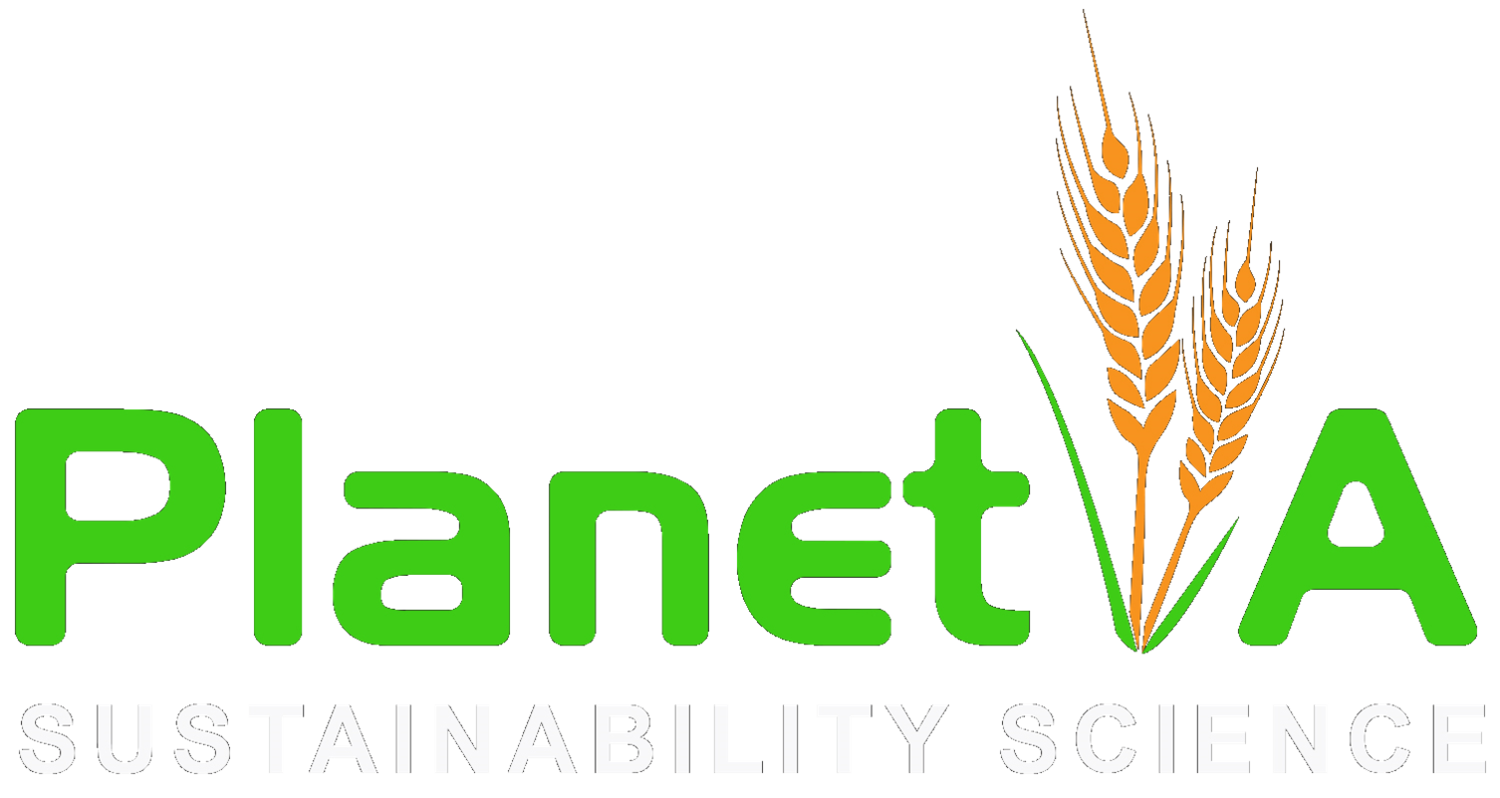Designing an integrated environmental and economic model of Australian land systems
Researchers
Brett Bryan, Enayat Moallemi, Michalis Hadjikakou, Carla Archibald, Asef Nazari, Dhananjay Thiruvady, Eli Court, Emily Byrne, Amandine Denis-Ryan, Raymundo Marcos-Martinez, Javi Navarro
Summary
Land Use Futures seeks to address the challenge of sustainably providing healthy food for a growing global population while achieving net zero emissions. This requires a highly participatory approach to develop integrated pathways and roadmaps for sustainable food and land use in Australia. The program is working collaboratively with the agriculture and forestry sectors, food and fibre value chain, investors and insurers, conservation organisations, governments, research and community organisations. Land Use Futures will identify gaps, opportunities, risks and priorities in the transition to a sustainable food and land use system. The program will also provide implementation support to help catalyse implementation and deliver early wins.
The program takes a holistic view by integrating three key elements of sustainable food and land use systems:
1. Agriculture: Food, fibre and timber production
2. Food: Food and fibre demand and consumption patterns
3. Ecosystems and biodiversity conservation, including water, soils and vegetation
As part of the Land Use Futures program, ClimateWorks has partnered with CSIRO and Deakin University to develop an interactive website on Australia’s land use. Visit the site to explore how Australia’s land is used today.
At Deakin we will design an integrated environmental and economic model of Australian land systems of intermediate complexity which encapsulates a core behavioural model of adoption of levers/options in response to changing environmental and economic circumstances embodied in the scenarios and quantifies the sustainability impacts. This model will build upon but also differ from previous models of Australian land-use futures (i.e. LUTO, Australian FABLE modelling, ANO 2). Where LUTO is a highly spatially resolved and temporally resolved model of land-use change, the challenge here will be to develop a more comprehensive model that includes land-use change but also includes a wider range of levers/options such as those described above. The model spatial extent will include all non-desert ecosystems, at a spatial resolution of 1.1 km grid cells, and annual temporal resolution.


